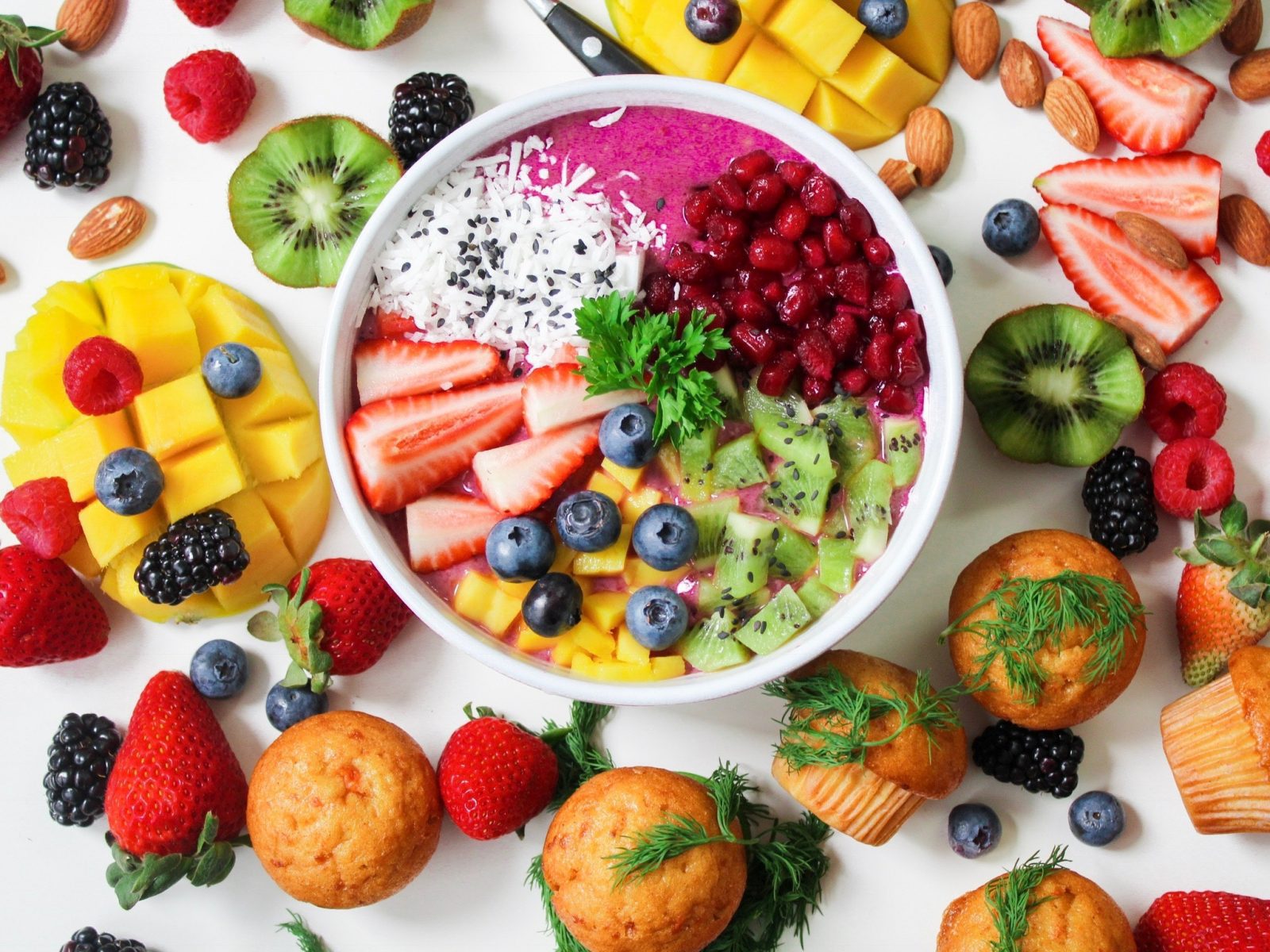What’s Cooking in Nutrition?

by Scarlett Stuss
Whether your family looks forward to summertime for the extra sleep, lack of homework, and fewer activities chalking up the schedule, or yours trades the would-be school hours for day camps, tutoring sessions, and added extracurricular activities, all can agree that the summer season provides a much-needed change of pace.
With altered schedules, it may become even trickier to answer a question that already seems daunting most of the time: “What’re we going to eat?”
Food is one of those things that never seems to be far from mind or body or car or house, but is always surrounded by questions like “Where do you want to go?” “Do we have groceries at the house?” “What are you in the mood for?” It is usually met by vague answers resembling “I don’t care,” “Dad drank the last of the milk,” and “I had Chinese for lunch,” which can make eating more of a hassle than anything.
So, maybe this change of pace will provide a good time for your family to reevaluate eating behaviors, and take a step back to ask what it wants from food: taste, nutrition, balance, simplicity, convenience, mobility, etc. If you need lunch menus for cooking at home with the kids, or snack ideas for when they’re at activities, or a refresher of the nutrition class you took in high school, or just a place to start, settle in.
Food Pyramid vs. MyPlate
Remember the food pyramid that showed the recommended servings of each food group? That was replaced by MyPlate in 2011. This new graphic features a plate (revolutionary!) with the left half containing fruits and vegetables, the right half containing grains and protein, and a cup of dairy off to the side. These food groups are the best place to start when thinking about what you want to eat. If you include all of these food groups during most of your meals, you will have a variety of macronutrients (carbohydrates, protein, and fat) and micronutrients (vitamins and minerals) in your diet.
Nutrition Labels
The next place to look when you’re curious about the foods your family is buying and eating is the nutrition label. But, don’t get too comfortable with it! All large companies are required to change their nutrition labels to fit the Food and Drug Administration’s (FDA) new formatting by July of next year.
What should you look for? Well, there will be no overlooking the number of calories, because the font size is going to be increased drastically. Additionally, research has shown that the majority of Americans’ diets are deficient in vitamin D and potassium- which are now required on the label, and adequate in vitamin C and vitamin A- which is no longer required from the manufacturer. Next, “added sugars” will now be required as a subheading under carbohydrates. Though “sugar” is already a subheading on the label, there is currently no way for the consumer to know how much sugar has been artificially contributed to the food. You might ask, “Why does it matter, when sugar is sugar?” Added sugar is important to consider because there are many foods in which sugar already naturally occurs (lactose in milk, sucrose in fruits), and having a food label that does not specify whether the sugar in the food was added or is inherently part of its composition can mislead those who are trying to avoid excess sugar in their diets. Finally, serving sizes are being updated to reflect more realistic portions (because, honestly, who only eats a ½ cup of ice cream?) from those that were set 20 years ago.
Food Ideas:
Snacks
- String cheese
- yogurt
- grapes
- berries
- fruit cut in zip bags
- nuts/trail mix
- granola
- cranberries/dry fruit
- seeds
- raw vegetables
- fruit salad
- smoothies
- apple and nut butter
- crackers with peanut butter or cheese
Lunches
Healthy ideas could be anything like a grilled cheese with lunchmeat on whole wheat bread, carrot sticks, and a fruit smoothie.
Chicken wraps with veggies, yogurt and berries are always good.
For something different, try baked fish, tomato slices, whole grain macaroni and cheese (prepared with milk), and fruit salad. Or, for most kids, a favorite is usually whole grain spaghetti, tomato sauce, meatballs, shredded cheese and orange slices.









